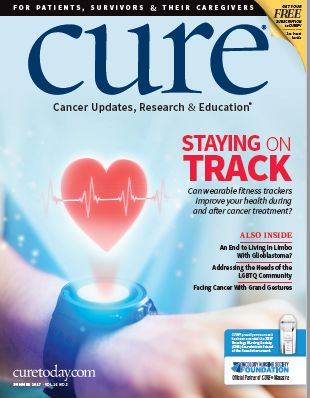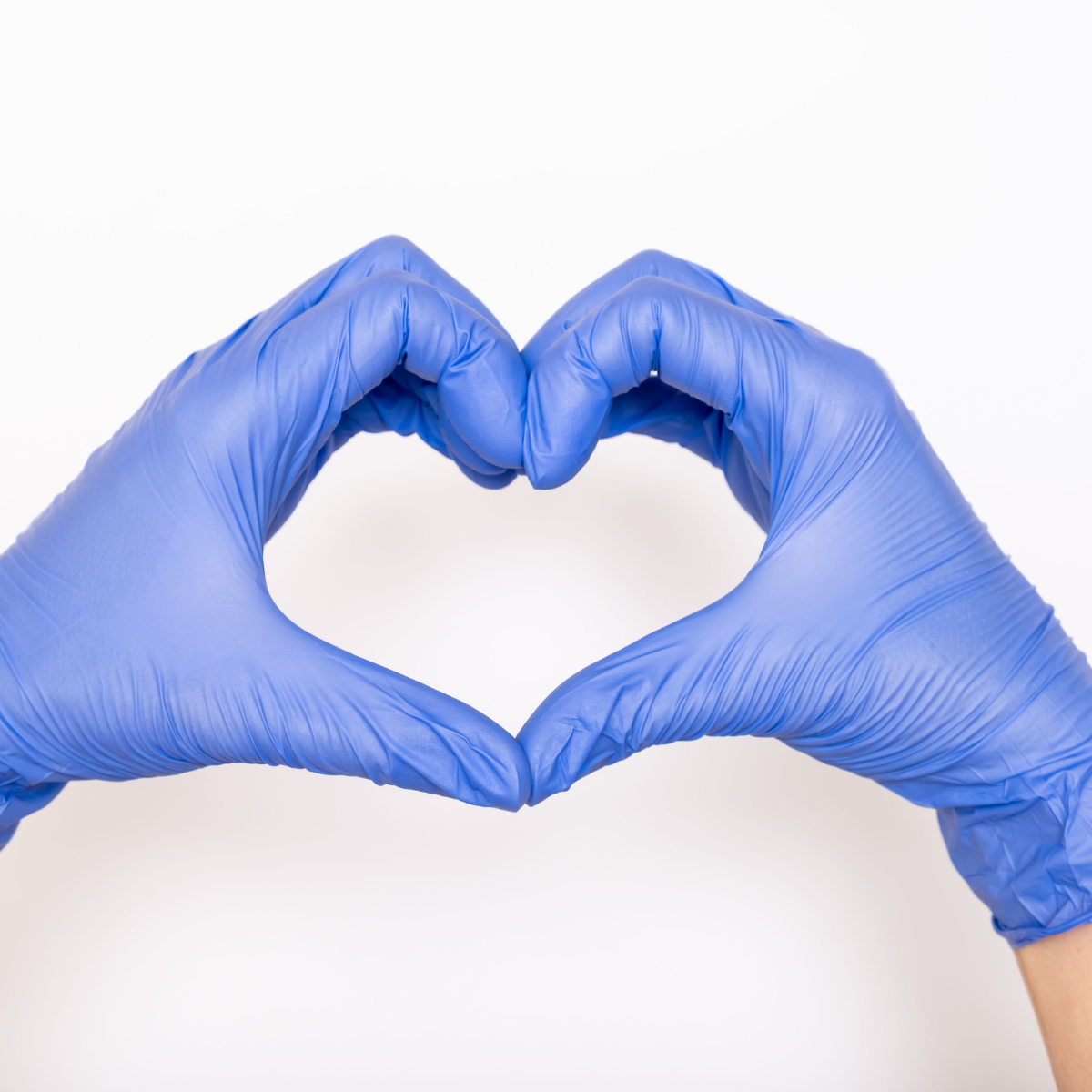Publication
Article
CURE
The Importance of Oncologist-Patient Trust
Author(s):
An oncologist considers the basis of the trust he and his patients share.
“I LOVE A HAPPY ENDING,” Mary Clancey said as we completed our interview documenting the surgical removal of her 140-pound ovarian cancer. It is, however, the beginning of our story, the development of a trusting doctor-patient relationship, that I find fascinating. As her lead surgeon, I met Mary a mere four days before the big event. She told me from the very beginning that I was the man for her. She was confident that I could get her well. And I still wonder: “Why?”
After a visit to the emergency department because she could no longer walk, Mary underwent a CT scan that revealed the enormity of her problem. She was then transferred 60 miles to our facility for care. I saw the scan before I saw Mary, but it did not prepare me for the physical ravages of a body under tremendous duress. She lay recumbent on her left side, the only position she could tolerate. Her left leg swelled nearly threefold due to a blood clot within her veins. She whispered and took shallow breaths as the mass compressed her diaphragm. She could barely eat, and general activities of daily living (toileting and bathing) were nearly impossible. In staunch contrast to her compromised physical state, her mind and spirit remained focused, resilient and, above all, charming. She could no longer live like this. She wanted and needed surgery to reclaim her life.
Though Mary and I discussed options, she really only had one: an aggressive and life-threatening surgery often performed, but rarely on a tumor this big. Her recovery would be difficult to predict. How would her body respond to losing half its weight in a few hours? Would she be able to breathe, or would she need a ventilator? Would her heart function better or worse when no longer perfusing the 140 pounds of resected tissue? Would the blood clot break loose, lodging in lung vessels and stopping her heart? Would the cancer she likely had need further treatment? Though we could not know the answers to these questions, Mary signed the “informed consent” document stating that she understood the goals, risks and benefits of the proposed surgery. How could she understand when we didn’t? Yet, she trusted.
My ultimate goal was to remove the cancerous mass safely and intact. Preoperative assessments by colleagues were required: cardiology to evaluate heart reserve, radiology to place a venous filter to catch any wayward clot, plastic and general surgery to repair the distorted abdominal wall, and anesthesiology to assess the intricacies of putting Mary to sleep. Each intervention carried risk, and each required a separate informed consent document, one paragraph describing the procedure followed by two pages of potential resultant harms. Throughout this four-day process, Mary remained jovial and expectant of a full recovery. When I told her that we would need to remove her umbilicus (“for my belly button collection,” I said), she had her son bring me a mason jar of belly button-like chocolates.
At surgery, we fastened two operating room tables together: one for her, the other for the mass. Once asleep, we placed Mary on her side. This position put less stress on her heart and lungs while facilitating removal of the mass. After incision, the huge blood vessels supplying the ovarian mass (inconveniently located behind it) were cut, tied and burned. I wasn’t taking any chances. The mass itself was then detached from nearby structures and simply rolled out onto a waiting sterile cart.
Our pathology colleagues weighed and examined portions of the specimen and determined it to be malignant. We repositioned Mary onto her back and completed the cancer staging operation. Our plastics and general surgery team then repaired her abdominal wall, removing a further 40 pounds of redundant skin. The success of the five-hour procedure resulted from equal parts training, MacGyverism and luck.
After completion, we transferred Mary to the ICU, where she recovered under the watchful eye of the intensivists. For 10 days she required a ventilator, as her diaphragm muscle could no longer breathe on its own. Yet despite a breathing tube, Mary remained optimistic and met each goal. She joked via touch screen that she could once again see her ankles. And she walked. For the first time in weeks, still attached to a ventilator, she walked. And she trusted, but why? There are many answers, though none, in my estimation, explain why people put their lives in my hands every day. I asked Mary several weeks after surgery why she consented. Her response was definitive. “You made me feel comfortable. I just knew you could do it.”
As the guy who consults Consumer Reports for anything over 100 bucks, I found this answer unsatisfying. I wanted something more quantifiable.
Every day, I ask patients to trust me with their lives. And every day, with little hesitation, they comply. And I still wonder how this happens. Do my graying temples and quiet confidence telegraph technical proficiency? Am I riding the coattails of the trust of the doctors who referred these patients to me? Is there some institutional aura glowing behind me? Or in these urgent circumstances, maybe any port in a storm will do. But perhaps there is something more.
I think the doctor-patient relationship is a sacred space. It defies definition or measurement. And in this space I am my best self. The idealized version of me. Judgment, preconception and blame are left outside the door. There is no room for that here. In this intimate space, honesty, transparency and mutual respect quickly form the basis for a deep and trusting relationship like no other.
It is here we discuss your abortion, your sexual orientation, your son’s suicide, your mother’s cancer and the stressors of your difficult job and tremendous family pressures in a confidential and healing manner. It is here that I will share the meaningful and private aspects of my life relevant to your journey, things I rarely talk about outside this relationship. We will converse about the hopes and expectations you have for your unborn baby. And when no more can be done for your illness and death is nigh, we will decide how best to manage your last few days or weeks on this earth with quality of life, as you define it, being our only goal.
It is in this space where I can say “I love you” out of deep respect for who you are and the grace with which you’ve carried yourself throughout your illness. So, when we make the decision for a life-changing and death-defying surgery, it is simply an extension of this powerful relationship. A faith that, within the doctor-patient relationship, we bring our best selves each time. That, together, we will preserve your health. Mary and I do. We trust.






